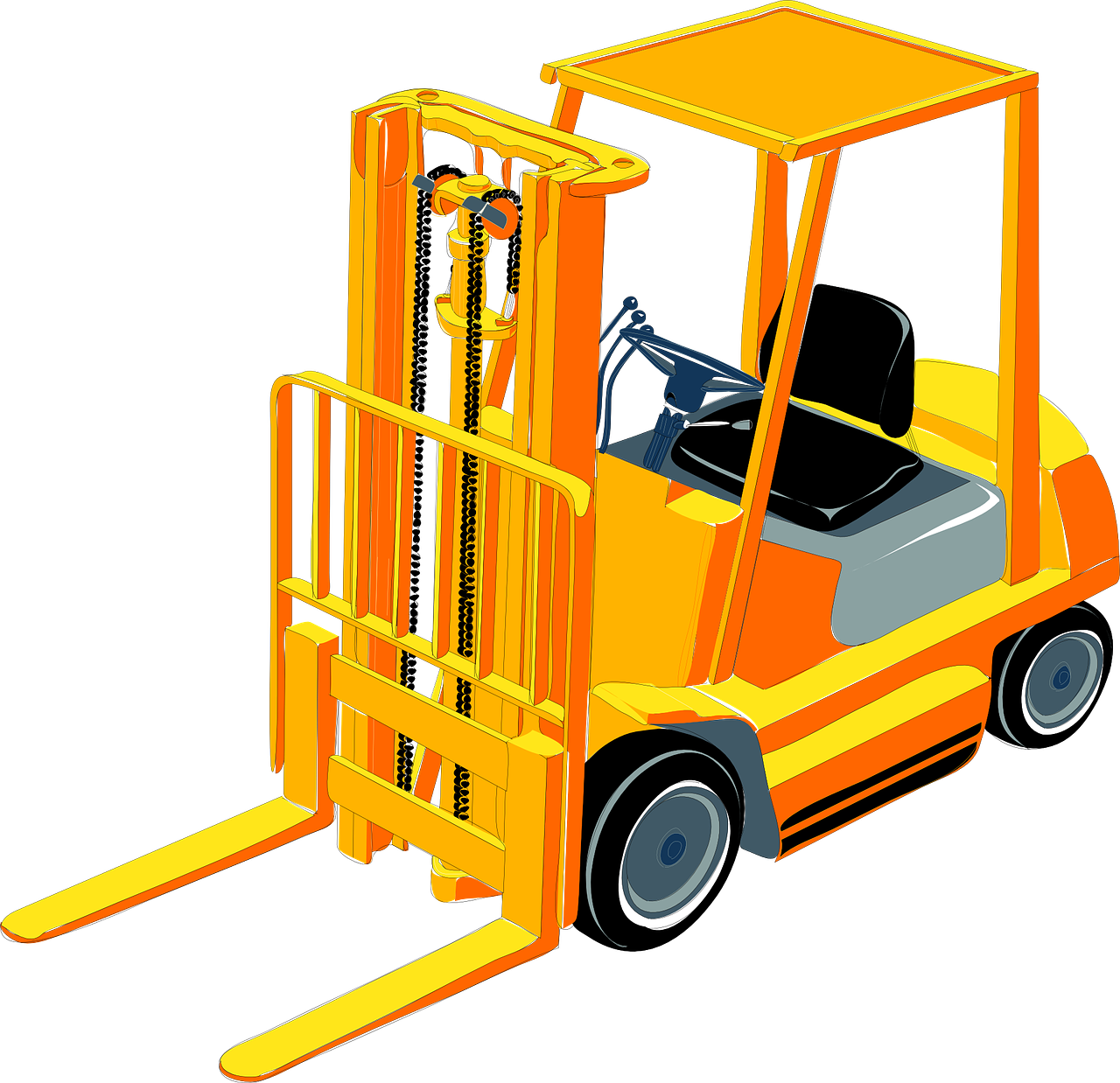Machinery failure can cost businesses a lot of money. It can cost companies in various ways including:
The cost of repairs: This is the obvious cost of broken machinery. Repairing machinery often involves hiring a technician, who may not be easy to get hold of in the case of specialist machinery. You may have to pay for extra parts and there could be delivery costs to consider. If repairs aren’t possible or are too expensive, a replacement may have to be considered.
The cost of downtime: This is the hidden cost of machinery failure – and often the biggest cost. Certain machinery could be essential for the operation of your business and without it you may have to temporarily close (e.g. you can’t keep your coffee bar open if your coffee machine is broken). During this period of closure, you could lose out on customers. It may even affect your reputation, stopping you from attracting future customers.
Broken machinery can result in other associated costs. Some machinery could be potentially dangerous if it breaks down, perhaps causing an injury and leading to a lawsuit. Meanwhile, you may be able to continue using certain damaged machinery, although it could negatively impact quality, leading to reputation damage and potentially refunds.
All in all, it’s a big expense that businesses need to consider.
How to reduce the cost of broken machinery
Fortunately, there are ways to minimize the costs caused by broken machinery. These involve taking certain preventative measures and certain reactive measures. Below are some of the ways to reduce costs:
Invest in reliable equipment
When buying machinery, it can often be worth paying a little bit more upfront. Low-end machinery tends to be less reliable – and could cost you more in the long run by breaking down more frequently.
The best way to determine whether equipment is reliable is to buy new equipment from a reputable seller. You may be able to find online reviews for certain models of machinery to help determine whether they are viewed as reliable by other users.
Make sure equipment is covered by a warranty/insurance
New machinery should always come with a warranty. This ensures free repairs within a certain period.
Insurance may be able to protect you against other forms of damage such as criminal damage or damage caused by natural disasters/fires. It could be worth considering when it comes to very expensive equipment (business property insurance may be able to provide such cover for contents such as machinery).
Service and maintain your machinery
Servicing machinery regularly can help to detect faults early. The earlier you catch faults, the cheaper they are likely to be to repair.
Certain machinery may require maintenance such as cleaning and lubrication. This could help to preserve the life of your machinery and reduce future repair costs.
Know when to invest in spares
Having spare equipment can prevent downtime. For instance, if you own a shop and you have two POS systems – you can still stay open if one breaks.
You may not always be able to afford to buy spares of certain machinery. Spares are only necessary for machinery that is essential (if you only use a printer occasionally, you probably don’t need to invest in a spare).
Source parts yourself when repairing
When getting machinery repaired, you can often save money on repair costs by offering to buy parts yourself. For instance, if you need new butterfly valves for a machine, you could find that it’s more affordable to buy them online yourself than to buy them through a repair company. Just make sure that you know exactly which model of part you need.
Use the 50% rule
The 50% rule can help you to determine whether to repair or whether to replace. Generally speaking, if repairs cost over 50% of the value of the machine, you’re better off buying a replacement. This rule can stop you pay huge amounts for repairs.










